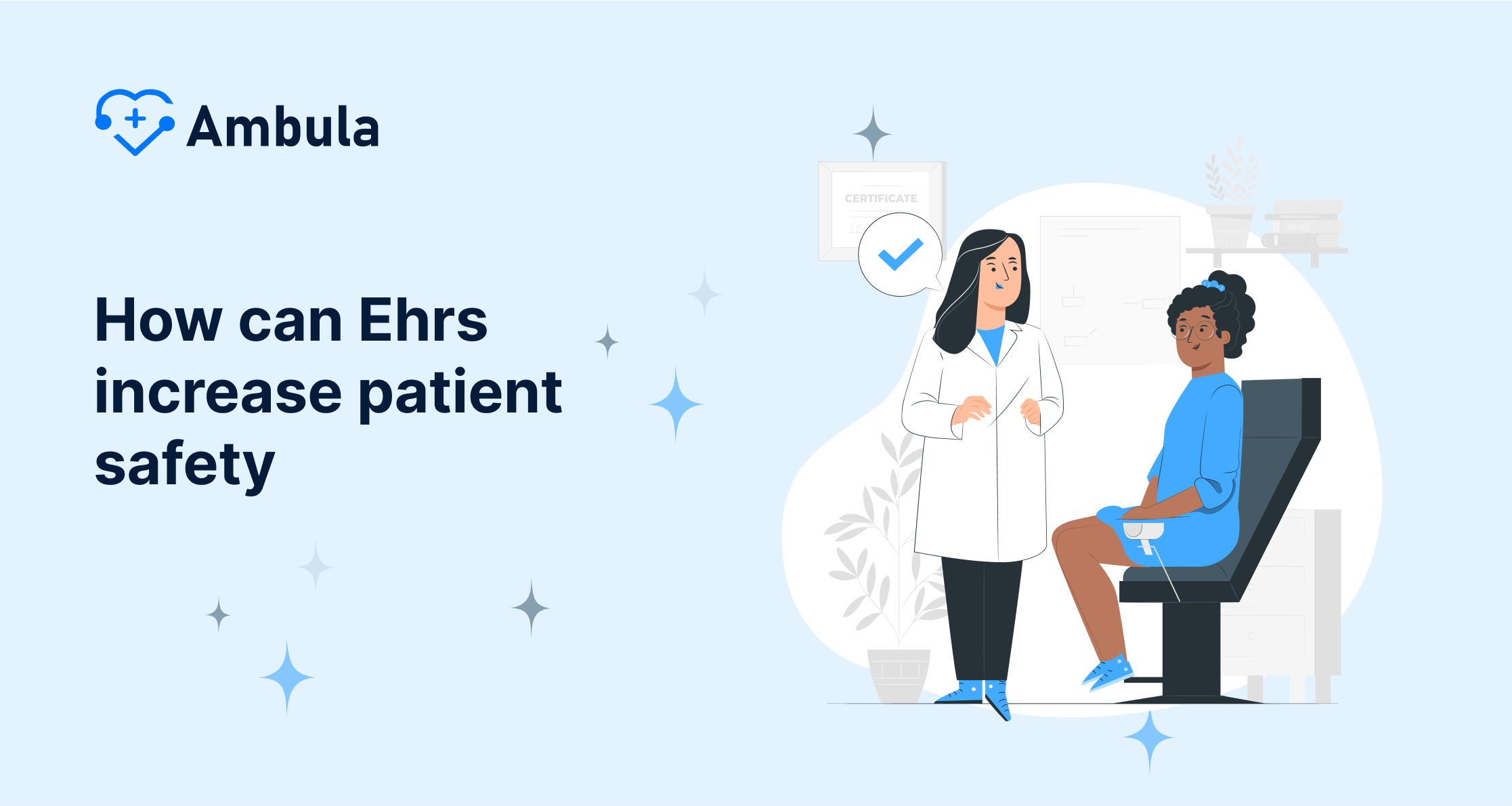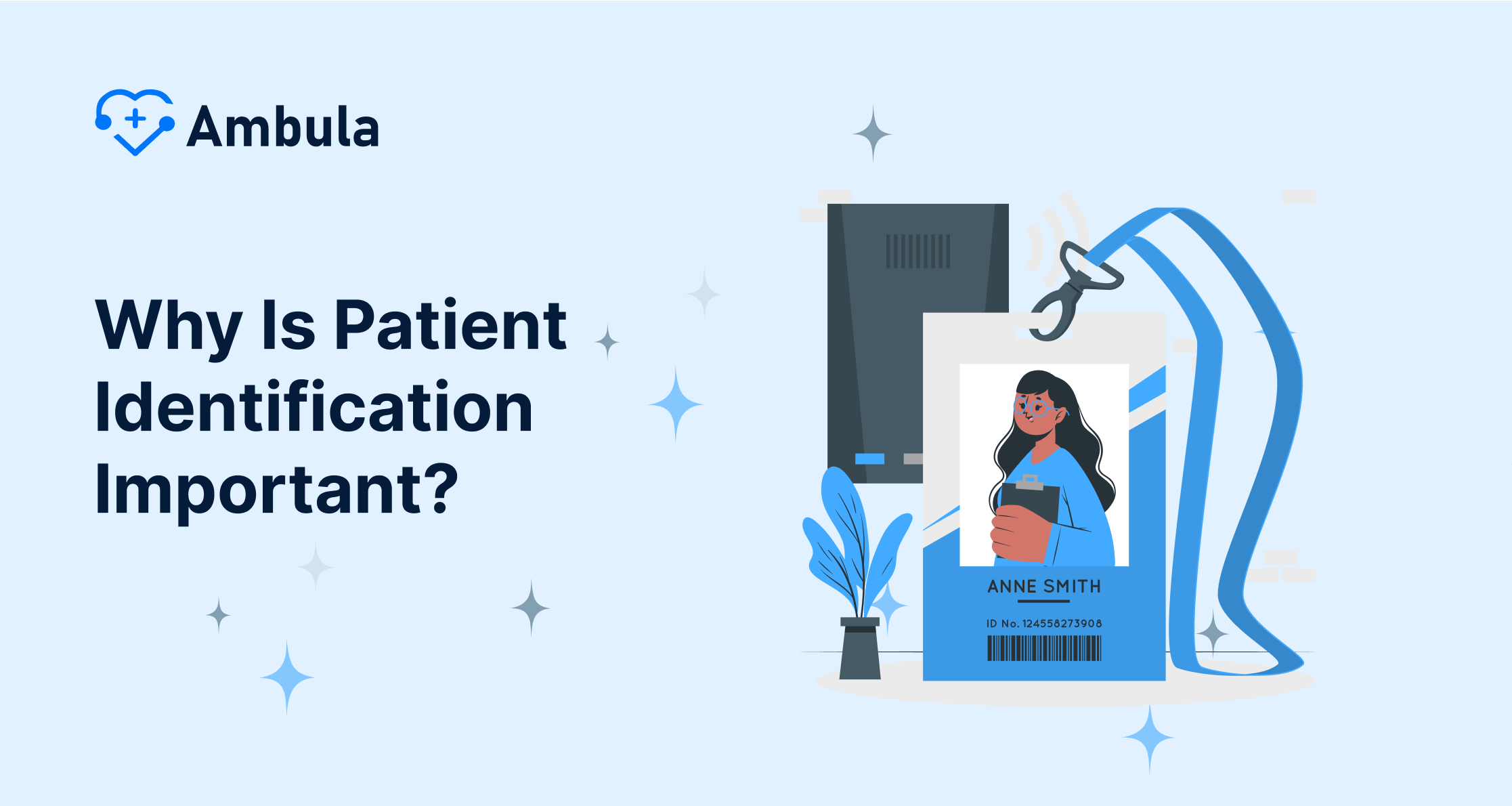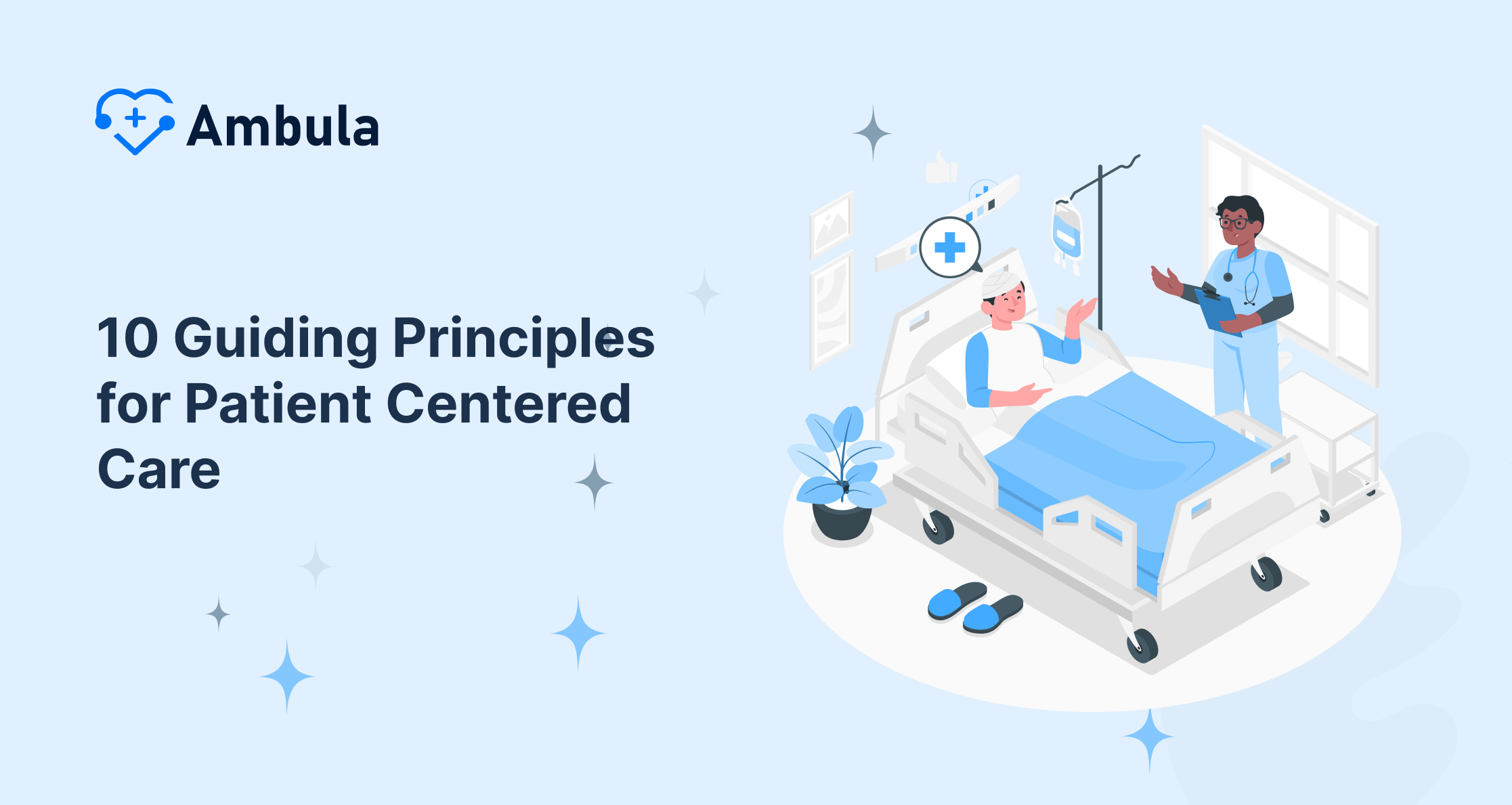
If you’ve ever been to a doctor’s appointment, you know how frustrating the waiting game can be. And no, we aren’t just talking about thumb twiddling while waiting for a physician. Patient waiting time comes down to a time interval spent in anticipation, starting when a patient checks in for an appointment and ticking onward until a healthcare professional finally sees them. Now, you might ask why a simple delay gets so much attention. Here’s why:
Waiting times affect more than your watch; they’re also a key factor in patient satisfaction surveys. A well-managed waiting time can sit well with patients, offering a perception of efficiency and respect for their schedules. Conversely, long waits can make patients feel like a low priority, setting the tone for a potentially tense interaction once the appointment begins.
Additionally, these waiting times serve as an important metric for measuring the performance of healthcare providers. Efficient handling of appointments and consequent short wait times reflect positively on providers. So, it isn’t just about checking your watch’s a greater indicator of how systems and procedures work in a healthcare setting.
The Ripple Effect of Long Waiting Times
The stakes of this waiting game are high, primarily because it doesn’t stop at patients tapping their feet impatiently. Think about it – extra-long wait times can paint a picture of neglect and inefficiency, leading to disgruntled patients. And when patients are unhappy, it’s never a good sign for any healthcare provider.
Such scenarios can spark negativity in the form of bad reviews or complaints, tarnishing the reputation of healthcare providers and potentially affecting future patient inflow. Beyond the immediate experience, unoptimized waiting times could snowball into a serious issue, ultimately affecting the viability of a healthcare institution.
Thus, keeping waiting times within acceptable limits is not just a goodwill move; it’s crucial for the functioning and success of healthcare providers. Yes, emergencies and disruptions could mess up the schedule occasionally. Still, how efficiently these are managed reflects on the provider’s competence and commitment to delivering a quality healthcare experience.
Staffing Shortages and How They Affect Waiting Time
In the healthcare world, a shortage of personnel is like a kink in the system. Low staffing levels may mean fewer hands on deck to navigate patient flow efficiently, leading to increased waiting times. Staffing gaps might cause bottlenecks in the patient journey, from registration to consultation, magnifying waiting times and reducing overall efficiency.
More often than not, staff shortages stem from retention issues or a mismatch between skill levels and task requirements. It occurs in hospitals in the heart of cities and smaller clinics in rural areas. These issues can be complex and multifaceted, involving factors such as burnout, job dissatisfaction, or lack of skilled healthcare professionals in certain areas.
However, they are not insurmountable. With a proactive approach, including hiring adequately trained staff, reducing burnout by promoting a healthy work-life balance, and providing competitive compensation, healthcare providers can ensure they are adequately staffed. As a result, such actions can significantly reduce waiting times, enhance patient satisfaction, and boost the overall efficiency of a healthcare setting.
The Role of Effective Scheduling
Now, let’s get to work on the battle plan – scheduling! Scheduling is a linchpin that holds the day-to-day operations of the healthcare system together. It’s like a choreographed dance where everyone knows their steps, ensuring that everyone’s seen in an orderly fashion and the system runs smoothly.
However, the truth is that many healthcare providers are still struggling with achieving an efficient scheduling model. Some might adopt a first-come-first-served approach, leading to patient overlap and a higher likelihood of long waiting times. Other systems might struggle with making their schedule rigid or flexible, leading to operational inefficiencies.
The trick lies in building a fine-tuned scheduling system that effectively manages patient flow while accommodating the unpredictability of emergencies and walk-in patients. A robust scheduling system must be flexible enough for inevitable delays or unexpected occurrences without completely derailing the day’s appointments. The goal here isn’t to eliminate waiting times but to reduce them to an acceptable limit that satisfies patients and providers.
The Impact of Emergencies on Wait Times
Reality check: healthcare doesn’t always stick to a plan! Emergencies spring up, and the calm, well-organized schedule can quickly spiral out of control. This can lead to unavoidable increases in waiting times as medical emergencies naturally take precedence over regular appointments.
Emergencies present a real challenge. They can come unannounced and add an extra layer of complexity to the already complicated world of healthcare scheduling. The healthcare providers need to handle the emergency case effectively and manage the spillover effect on other scheduled appointments without compromising patient satisfaction.
To handle such situations efficiently, a well-defined triage system is a necessity. It helps sort patients based on the urgency of their cases, streamlines the chaotic flow of emergency cases, and keeps the system from imploding due to unplanned interruptions. When an effective emergency response system is in place, even an unexpected crisis can be handled efficiently without causing unnecessary delays for other patients.
Effects of Infrastructure and Healthcare Systems
Would you feel comfortable navigating the internet on an old-school dial-up connection? I didn’t think so. The same logic applies to sticking with outdated healthcare systems. Slow, outdated systems and infrastructure can seriously impede the functioning of healthcare providers and inflate patient waiting times obliviously.
Upgrades in infrastructure aren’t just about fancy new buildings – they’re about adopting more efficient ways of delivering healthcare. This might involve evolving from paper to electronic health records (EHRs), implementing automated check-in systems, or using predictive analytics for more accurate scheduling.
Healthcare providers can significantly streamline their operations with the right technology and systems. It will nip patient waiting times and improve data management, decision-making, and patient experience. After all, wouldn’t we all prefer a seamless, hassle-free experience when we go for an appointment?
Role of Social Factors
Ever thought that where we live, what language we speak, or how much we earn could affect the time we spend waiting in a healthcare facility? Surprise! Social factors can quietly play a big part in shaping patient waiting times.
Location is a more tangible factor, with rural areas notoriously suffering from limited healthcare facilities and longer waiting times. But even less obvious factors can impact waiting times in a big way. For instance, low-income patients might struggle to navigate the health system and have longer waiting times.
Language can also be a barrier, causing delays due to miscommunication or the lack of bilingual staff. A broad view of these considerations is crucial when developing strategies to reduce patient waiting times. After all, understanding the root of a problem is the first step in being able to solve it, isn’t it?
The Impact of Seasonal Changes and Epidemics
Just like we switch up our wardrobes with the seasons, healthcare providers have to gear up for changes in patient inflow across the year. Be it flu season or a global pandemic (can’t forget COVID-19 for a while!), unexpected spikes in patient numbers can cause significant disruptions, stretching wait times to their limits.
The healthcare system can get overwhelmed during increased patient flow, leading to longer waiting times and patient dissatisfaction. So, how do we handle these surge periods? The key lies in being prepared. Effective communication, versatile staff management, and robust contingency plans can go a long way in maintaining operational efficiency during these difficult times.
The impact of events like a pandemic is like a stress test for any healthcare system. However, they also present an opportunity for innovation and the strengthening of systems. Healthcare providers can build resilience and better prepare for future uncertainties by learning from these challenging times.
Ways to Improve Patient Wait Times: Learning from Successful Models
No need to reinvent the wheel! If there are healthcare providers out there doing an excellent job in managing patient waiting times, why not learn from them? It’s about finding those hidden gems – successful models that have shortened patient waiting times – and using them as a blueprint.
Such case studies provide valuable insights where innovative solutions and strategies can be gleaned. By learning from their successes and failures, healthcare providers can more effectively work towards reducing their patients’ waiting times.
It could be as simple as adopting a new patient scheduling system or as comprehensive as reworking the entire patient flow in a hospital. Ultimately, the goal is to create a patient-first environment where wait times are minimized and patient satisfaction is maximized.
Real Stats on Patient Waiting Time and Contributing Factors
While the specific impact of various factors can vary depending on healthcare systems and locations, here are some real statistics to paint a picture:
Overall Waiting Times:
- The Commonwealth Fund 2022 report: found that the average outpatient wait time in the US to see a specialist is 38 days, with significant variation across states and specialties.
- A 2023 study in Ethiopia: showed that over 50% of patients in public hospitals experience waiting times exceeding 5 hours.
- The OECD 2021 report: indicated that average GP appointment waiting times range from 2 days to 2 months across member countries.
Conclusion: Striving for Better Patient Experiences
To wrap it all up, combating long patient waiting times is no mean feat. It’s a complex issue, influenced by multiple factors. A shortage of adequately trained staff, ineffective scheduling systems, outdated infrastructure, emergencies, and even social factors – can all contribute to longer patient waiting times.
Yet, as formidable as the issue may seem, it is not insurmountable. By examining successful models, applying learning, and undertaking necessary reforms, it is possible to curtail patient waiting times significantly.
Every step to reduce patient waiting time counts leads healthcare providers to greater efficiency and higher patient satisfaction. In the world of healthcare, time is truly of the essence. And the commitment to respect it can make all the difference between a forgettable and an exceptional patient experience.




